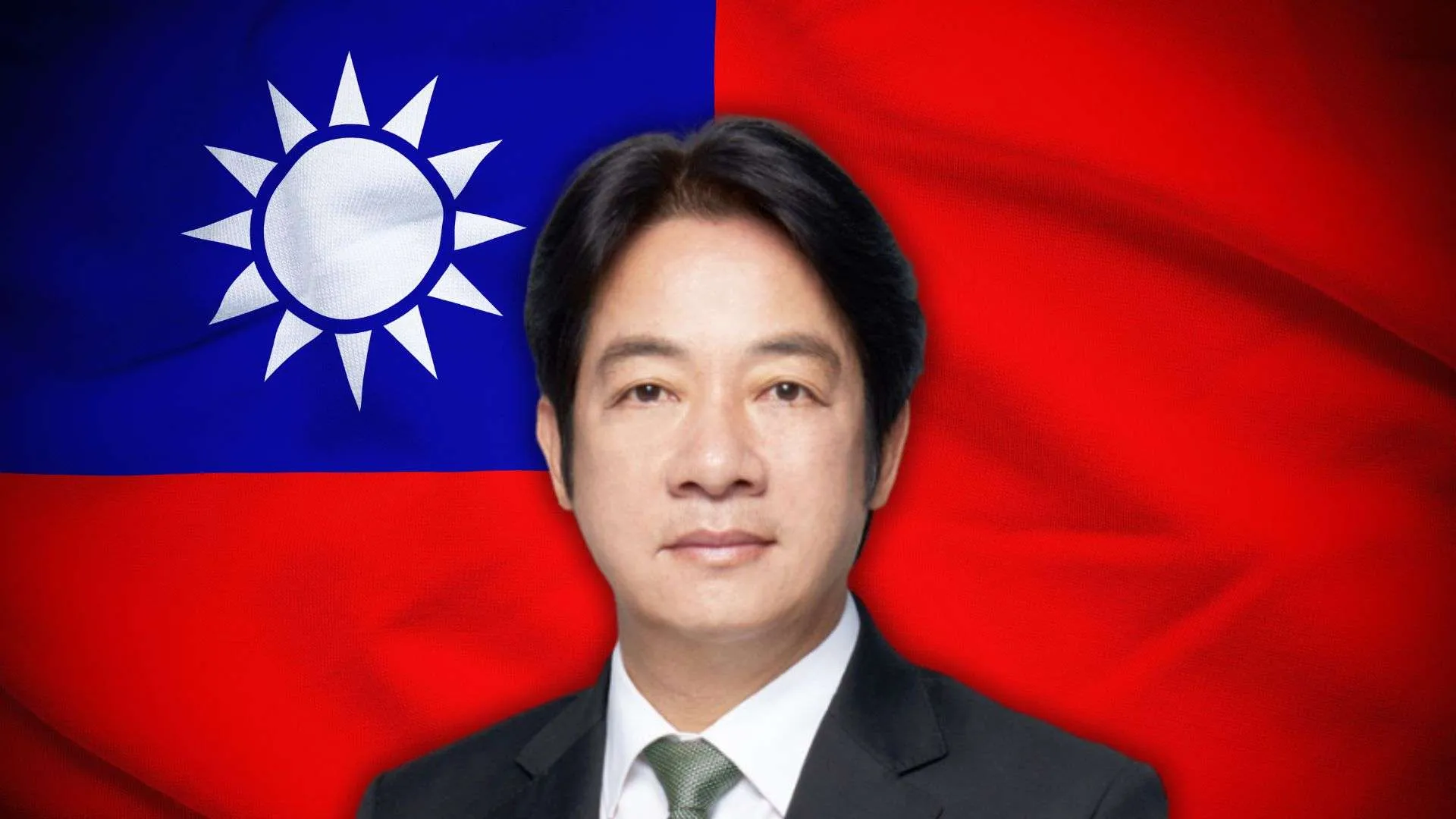The Pentagon’s new strategy to prioritise Taiwan as the “exclusive animating scenario” is a bold, necessary shift—and one that comes with both significant benefits and undeniable risks. Let’s be clear: this isn’t just a bureaucratic reshuffle; it’s a fundamental reordering of U.S. military priorities in the face of China’s growing aggression. But as with any major strategic pivot, the implications are complex.
On the one hand, this focus on Taiwan sharpens deterrence. By concentrating resources—submarines, bombers, unmanned vessels—on the Indo-Pacific, the U.S. sends a powerful message to Beijing: any attempt to seize Taiwan will come at an unbearable cost. It also reinforces regional security, reassuring allies like Japan and South Korea while encouraging Taiwan to take greater responsibility for its own defence. Strategic clarity is a rare commodity in geopolitics, and this approach signals unmistakable resolve.
But let’s not gloss over the risks. Assuming greater risk in Europe and other theatres could embolden adversaries like Russia or Iran, creating instability elsewhere. Stretching resources too thinly risks undermining readiness for unforeseen crises. And while pressuring Taiwan to increase defence spending is logical, it could backfire if domestic resistance grows or economic strain becomes unsustainable.
Perhaps most concerning is the potential for escalation. A more aggressive U.S. posture might deter China—or it might provoke them into accelerating their plans for Taiwan.
This strategy is bold, but it’s not without trade-offs. The question is whether Taiwan’s prepared to live with them—and whether Taiwan’s neighbours and allies are ready to step up as well.
Pentagon: Shift in Approach to Taiwan’s Security



